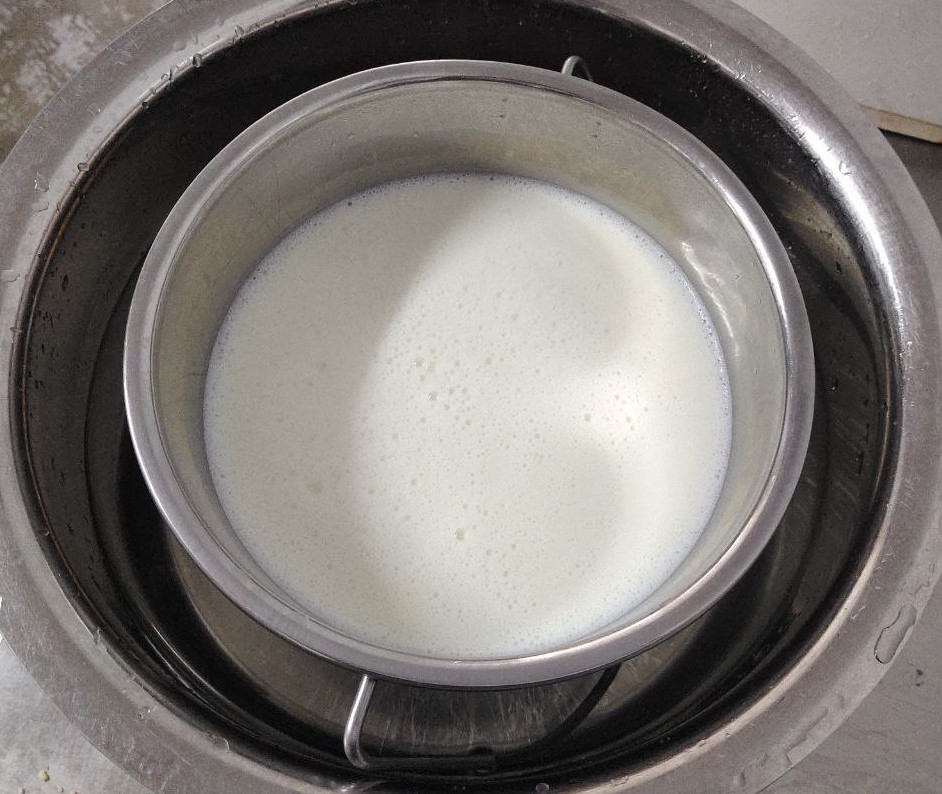PROCESS STANDARDIZATION OF TRADITIONALLY PRODUCED CHEESE (DATSHI) AND ITS EFFECT ON IMPROVING SENSORY ATTRIBUTES, MICROBIAL QUALITY AND SHELF LIFE
Keywords:
Datshi, raw milk, pasteurized skimmed milk, total bacteria count, process standardization, microbial contaminationAbstract
This study aimed to determine the process standardization of traditionally produced datshi and to assess the microbial quality of raw milk, pasteurized skimmed milk and datshi. A total of 60 samples of raw milk, pasteurized skimmed milk and datshi were collected from Thimphu (n=24) and Paro (n=36) respectively. All the samples were analyzed for microbial load using pour plate method and microbial contamination. The overall mean total bacterial count for the raw milk, pasteurized skimmed milk and datshi were 6.20±0.61, 4.79±1.06 and 6.31±0.39 log10cfu/ml respectively. The overall bacterial count for raw milk in Paro (n=12) was higher than Thimphu (n=8) and was statistically significant(p<0.05). However, there was no significant difference for pasteurized skimmed milk and datshi in the two Dzongkhags. High bacterial count in raw milk was observed in Tshaluna (6.74 log10cfu/ml) and Lamgong (6.78 log10cfu/ml) amongst five MPUs. Highest bacterial count in pasteurized skimmed milk was in Tshaluna (5.83 log10cfu/ml) and the lowest was in Laykha and Taba (4.15 log10cfu/ml). Similarly, the highest bacteria count for datshi was in Shari (6.80 log10cfu/ml) and the lowest in Lamgong (5.76 log10cfu/ml). The microbiological contamination showed the presence of staphylococcus aureus in the raw milk of Taba only. The yeast count in datshi ranged from <1.0x101 to 1.9x107 cfu/gm and mold count from <1.0 X101 to 1.0 X101 cfu/gm in all samples. The detection of microbes in raw milk and datshi indicates poor quality of milk and unhygienic management and processing practices in the study sites. Thus, it is suggested and warrants pasteurization process at the collection and processing units to improve the quality and shelf life of milk and dairy products and food borne illnesses.

Downloads
Published
License
Copyright (c) 2024 bjas

This work is licensed under a Creative Commons Attribution 4.0 International License.





